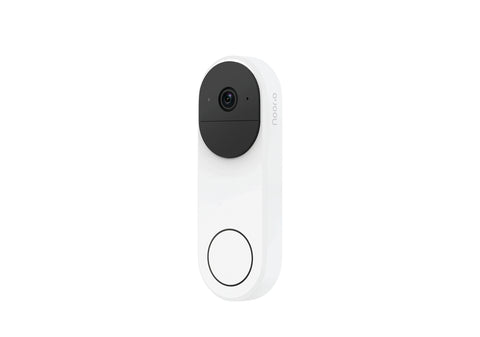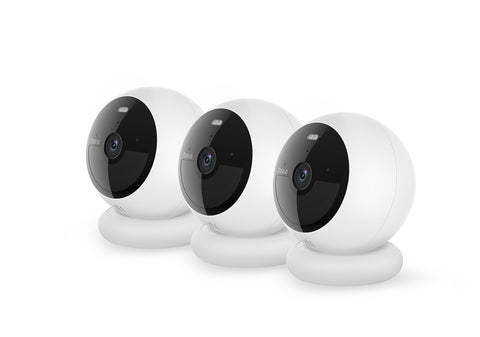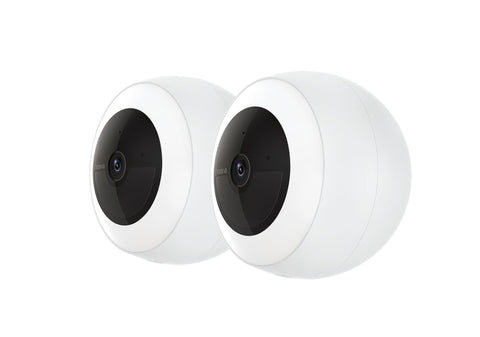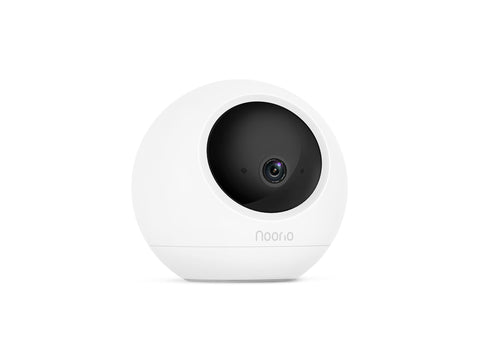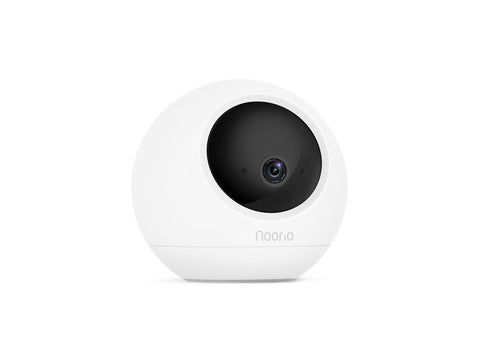Surveillance camera and security cameras are two of the most common devices in use these days. However, there is a major difference between the two: surveillance cameras are used to watch events unfold, while security cameras help protect people and property.
This blog post will explore the different types of surveillance cameras and their uses, so that you can make an informed decision about whether or not a security camera is right for your business.
Functions
A surveillance camera is a device that is used to monitor an area for the purpose of detecting and recording any activity that occurs within its field of view. These cameras are typically mounted in a fixed location and are used to monitor public areas, such as streets, parking lots, and buildings. They are often used in conjunction with other security measures, such as alarms and guards, to help deter crime and protect people and property. Surveillance cameras are typically smaller in size and less expensive than security cameras. They are also often placed in strategic locations, such as corners or near entrances, to capture a wider area.
Security cameras, on the other hand, can be larger in size and more expensive than surveillance cameras. They are usually placed in areas where there is high potential for theft or vandalism, or where there is a need for constant monitoring of activity. These cameras are often placed in and around homes, businesses, and other private properties to help prevent and detect crime. Security cameras can be either wired or wireless, and they can be connected to a central monitoring system or used as standalone units.
Installation
A surveillance camera is typically installed in a public area, such as streets and businesses, while a security camera is typically installed in a private area such as homes. Surveillance cameras are used to monitor activity in public areas, while security cameras are used to monitor activity in private areas.
Surveillance cameras are typically smaller and less expensive than security cameras. They are also less powerful, meaning they can't see as far or as clearly. Security cameras are typically more expensive and have greater power than surveillance cameras. They are also larger and can see further into the distance.
Level of resolution
A surveillance camera typically has a lower resolution than a security camera. The resolution of a surveillance camera is typically good enough to capture people or objects that are close to the camera, but not good enough to capture details such as faces or license plates. A security camera, on the other hand, generally has a higher resolution so that it can capture details such as faces and license plates.
Security cameras usually have a higher resolution than surveillance cameras. They are designed to capture detailed images of objects or areas that need to be monitored. This can be helpful in monitoring activities in an area, such as theft or vandalism, and can help identify individuals or objects of interest. Surveillance cameras, on the other hand, are typically used for recording footage of people or events for later review. They may only have a lower resolution than security cameras so that more footage can be stored on the device.
Automatic footage recording
A surveillance camera is a stationary camera that is used to monitor an area or individual. A security camera, on the other hand, is a camera that is placed in an active mode and used to monitor activity in a specific area.
Many people are confused between the two types of cameras. One reason for this confusion is that surveillance cameras can be set to automatically record footage while surveillance cameras cannot be set to automatically record footage.
One important difference between surveillance and security cameras is that security cameras are typically configured to actively watch for criminal activity while surveillance cameras are used to passively spy on an area or person. In addition, security cameras are more expensive than surveillance cameras and they may not have the ability to zoom in or pan.
How do you choose which type of camera is best for your needs?
A surveillance camera is typically used for documenting events or areas that are of interest to the owner. A security camera, on the other hand, is typically used for monitoring areas where there is a concern for theft or other criminal activity.
One important difference between the two cameras is their range. A surveillance camera typically has a shorter range than a security camera, usually around 30-100 feet. This is due to the surveillance camera's primary use being capturing events or areas of interest that occur close by. A security camera, on the other hand, will have a longer range (typically up to 1000 feet) in order to monitor an area where there may be a concern for theft or other criminal activity happening further away from the camera.

Another key difference between surveillance and security cameras is their video quality. Surveillance cameras usually have lower video quality than security cameras because they are designed to capture short clips of events as they happen rather than taking long videos that would require high resolution video in order to be viewed clearly.
One final important factor to consider when choosing between a surveillance and a security camera is your budget. Security cameras tend to be more expensive than surveillance cameras because they often come with features like long ranges and high video quality.
Conclusion
There is a big difference between a surveillance camera and a security camera.
A surveillance camera is used for monitoring activities in an area, such as spotting thieves or checking to see if someone is breaking into your home.
A security camera, on the other hand, is mainly used to protect people and property. Security cameras are often connected to video monitors so that you can watch what's happening remotely.
In general, the main difference between a surveillance camera and a security camera is the purpose for which they are used.
